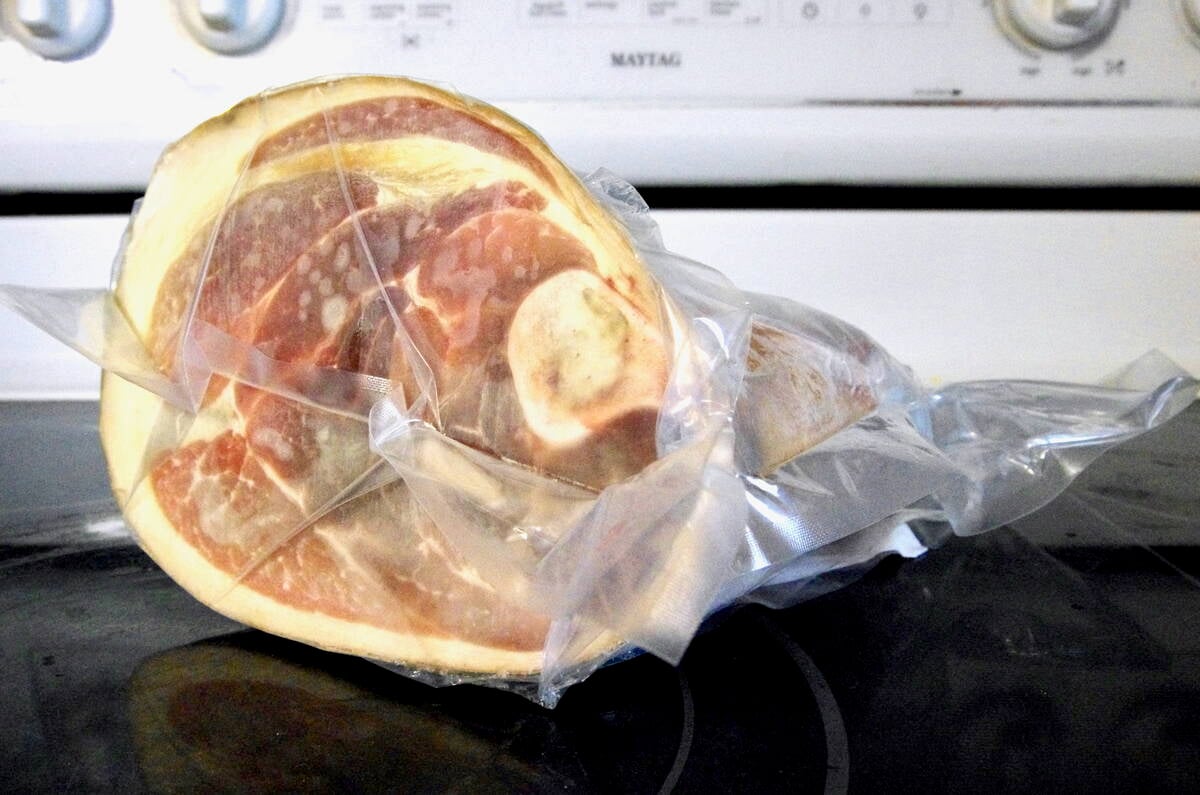REGINA – Small to medium-sized farms should be targeted through new safety net programs, according to Saskatchewan farmers who answered a recent survey.
The July survey by Tanka Research of Regina was conducted for the provincial government among 444 farmers with estimated gross annual farm receipts of more than $10,000. Sixty-four percent of respondents, most of them operating on 1,120 acres or less, said safety nets should be targeted to smaller farms.
The idea was also more popular among the youngest and oldest respondents, female operators and livestock producers.
Read Also

Trade war may create Canadian economic opportunities
Canada’s current tariff woes could open chances for long-term economic growth and a stronger Canadian economy, consultant says — It’s happened before.
Other income not included
Most farmers thought neither off-farm income nor family income should be considered when targeting programs.
“We interpret this to mean that most of the earlier indications of support for targeting safety nets according to farm size and need are based more on the need, or viability, of the farming operation per se, rather than on the financial means of the operator or the farm family,” said the survey report.
Support came mainly from farmers in the lowest and highest gross farm revenue categories and those aged 30 or less.
About half of respondents agreed agricultural programs other than safety nets should also be targeted by size and need.
There was no consensus as to how governments should allocate their farm safety net spending.
Both crop insurance and a whole farm account, like an expanded NISA, were chosen by 34 percent of farmers as their first preference. Sectoral programs with specific commodity protection were chosen by 23 percent.
Personal priorities
The survey also asked respondents to choose what they thought would be priorities in securing their own operations in the next few years.
Of the eight choices given, four were seen as major priorities.
- Reducing input expenses.
- Reducing farm debt.
- New crops and commodity opportunities.
- Seeking or maintaining other on-farm income.
In another survey, conducted by CanWest Opinion Research also in July, 48 percent of households involved in farming thought the Crow Benefit should not change while 30 percent said it should.
Forty-five percent of those who thought it should change said it should be paid directly to farmers. However 42 percent did not know how it should change.
A large majority, 79 percent, said Ottawa should not make changes without holding direct discussions with all parties affected.















